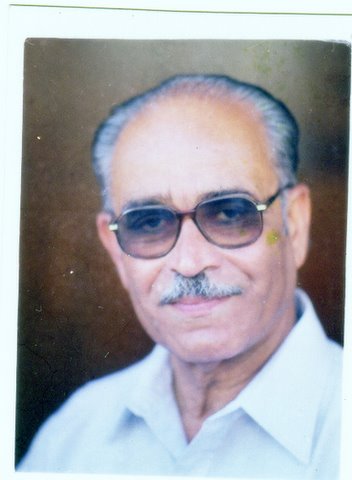
Bapu Satyanarayana, born 1932 in Bangalore, retired as Chief Engineer, Ministry of Surface Transport. At present, he is the presiding arbitrator of the Dispute Adjudication Board appointed by the National Highway Authority of India. He lives in Mysore, and enjoys writing for various newspapers and magazines on a variety of subjects, including political and civic issues.
T. Narasipur
In 1939, when I was around seven years old, my father was the manager of Mysore Silk Filatures, and posted at T. Narasipur, a small town in what was then the Princely State of Mysore. I was studying in a primary school.
T. Narasipur was a place where the rivers Cauvery and Kapila joined. It was considered as the Sangam (confluence) of three rivers including the legendary invisible Spatica Sarovara, just like the Triveni Sangam of three rivers Ganga, Yamuna and underground stream Saraswathi at Allahabad. At Allahabad, the Kumbh mela festival is observed once in 12 years, with lakhs of people taking a ceremonial bath on the auspicious day. No such ritual was observed at Sangam in T. Narasipur till recently. What I remember about two rivers is that while the Cauvery was sparkling, at the place where Kapila joined we could see a clear line of demarcation and, in comparison, the Kapila's waters were darkish.